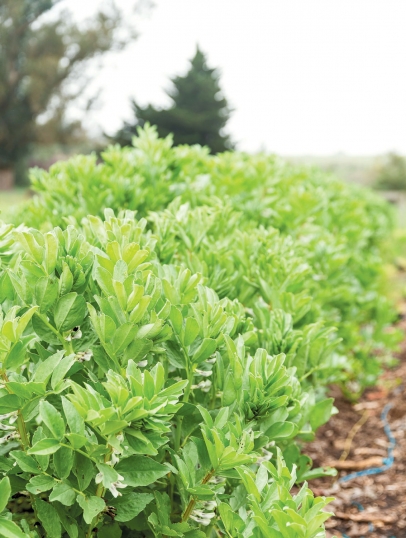Legumes: Plants That Feed The Soil--And You
In a shining example of a symbiotic relationship that has far-ranging beneficial effects well beyond even the two parties directly involved, the common (and unharmful) bacteria called Rhizobium infects legume plants such as peas and beans, using the host plant to help it draw nitrogen from the air. The nitrogen is stored in nodules on the roots of the legumes. When the plants die and decompose into the soil, the nitrogen is converted into a plant-available nutrient vital to the health and productivity of other garden plants. This is what is meant when it is said that a plant “fixes” nitrogen into the soil. Using nitrogen-fixing cover crops such as legumes obviates, or at least lessens, the need to add “artificial” nitrogen to your garden.
To ensure the health of your edible garden, it is helpful to make sure that your legumes are hosts to Rhizobium by inoculating their seeds before planting. Ask your local nursery for Rhizobium inoculant and follow the instructions on the label. I particularly like growing fava beans in winter, which provide delicious food for the table, as well as nourishing the soil.





